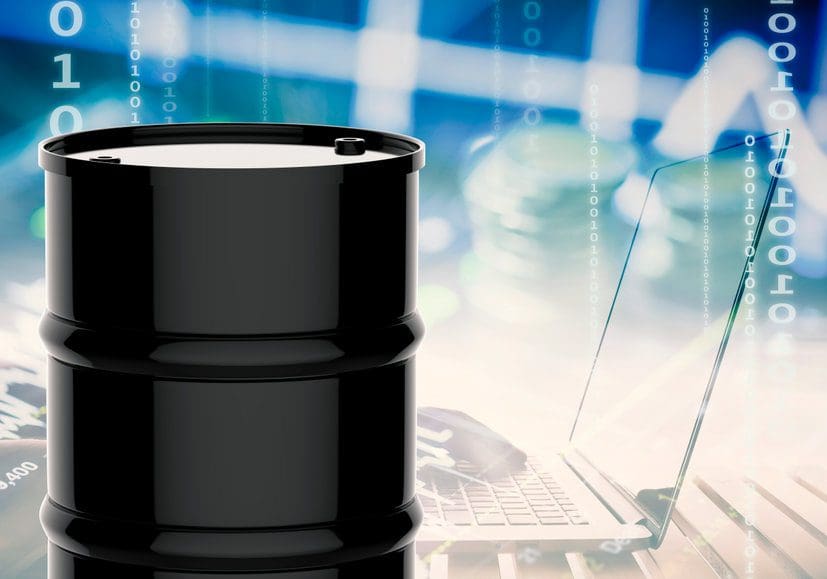Consumers of petroleum products need to plan for higher prices this year, according to a report from the Energy Information Administration (EIA) at the U.S. Department of Energy.
How high? EIA said in its Short-Term Energy Forecast released this week U.S. consumers should expect a 25 percent increase in retail gasoline prices this summer averaging $3.84 per gallon up from $3.06 in 2021.
Oil prices averaged $117 per barrel in March on the international exchange for Brent oil, according to EIA. “We expect the Bent price will average $108 per barrel in the second quarter of 2022 and $102 per barrel in the second half of 2022.”
EIA stressed in the opening paragraph of its April report its forecasts have “heightened levels of uncertainties” concerning both global supply and demand.
On the supply side: Russia’s invasion of Ukraine, sanctions on Russian oil, OPEC’S production levels, the release of more oil from the U.S. Strategic Petroleum Reserve and from other countries, and increased oil production in the U.S.
The war in Ukraine continues. The killing of civilians, especially women and children, by Russian invaders has government leaders calling Vladimir Putin and Russian soldiers “war criminals”. Russia is a large producer of oil, and it exported some 7 million barrels per day before the war. Sanctions on the export of Russian oil is believed to dwindle to 3 million barrels per day, meaning an additional loss of 4 million barrels per day on the supply side.
OPEC leaders have agreed to increase their production by 400,000 barrels per day.
EIA predicts U.S. oil production will increase by 1 million barrels per day this year to 12 million barrels per day. U.S. oil production peaked at 13 million barrels per day in late 2019 and early 2020.
President Biden announced last week he has authorized the release of 1 million barrels per day for 180 days from the U.S. Strategic Petroleum Reserve beginning in May. Other countries have agreed to release a total of 120 million barrels from their reserves.
The International Energy Agency said before the invasion of Ukraine there was a 900,000 barrels per day shortage of supply to meet global demand.
Even though the new twist and turns probably will materialize, EIA expects “global oil inventories will build at an average of 0.5 million b/d from the second quarter 2022 through the end of 2023, which we expect will put downward pressure on crude oil prices. However, if production disruptions – in Russia or elsewhere – are more than we forecast, the result in crude oil price would be higher than our current forecast.”
On the demand side: EIA said global economic recovery from the global pandemic continues. EIA estimates global petroleum and liquid fuels consumption in March at 98.3 million b/d. Demand will average 99.8 million b/d for all of 2022, which is a 2.4 million b/d increase from 2021.
Throw in rising inflation and the threat of recession, which could modify EIA’s demand projections.
Instability and uncertainty generally result in volatile and unpredictable markets. So, expect petroleum prices to change like the Texas wind.
Alex Mills is the former President of the Texas Alliance of Energy Producers.
Alex Mills is the former President of the Texas Alliance of Energy Producers. The Alliance is the largest state oil and gas associations in the nation with more than 3,000 members in 305 cities and 28 states.





